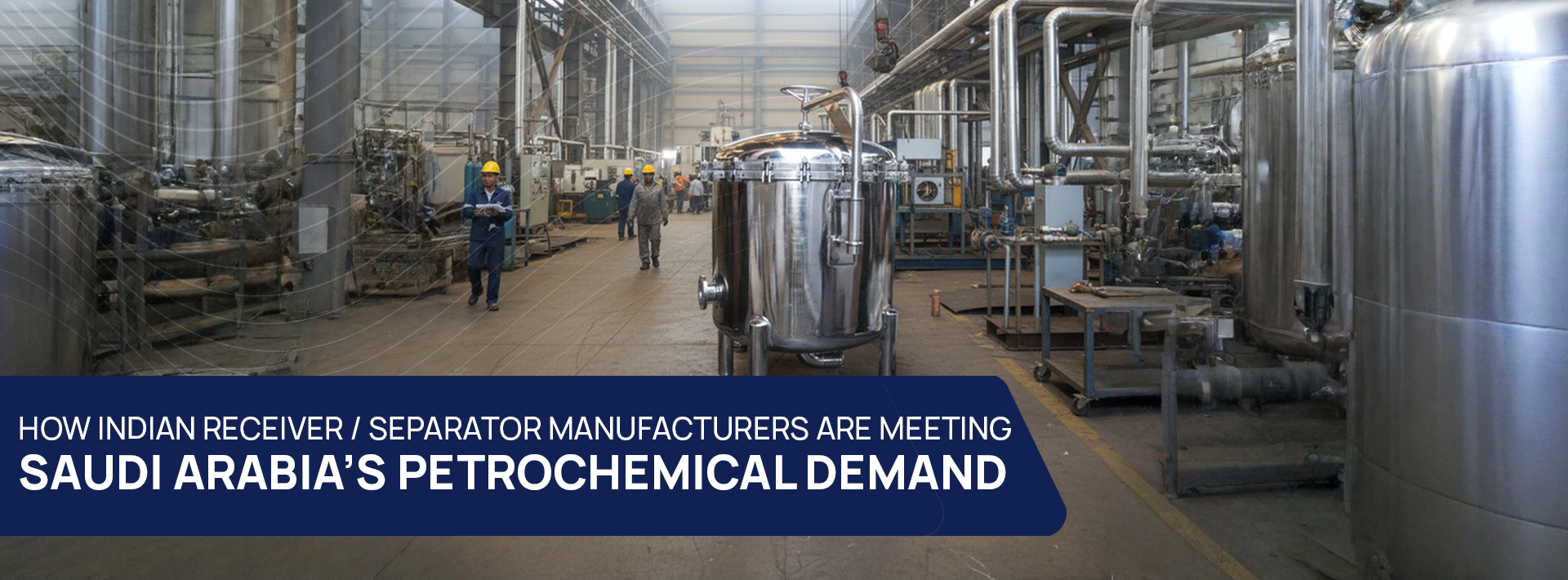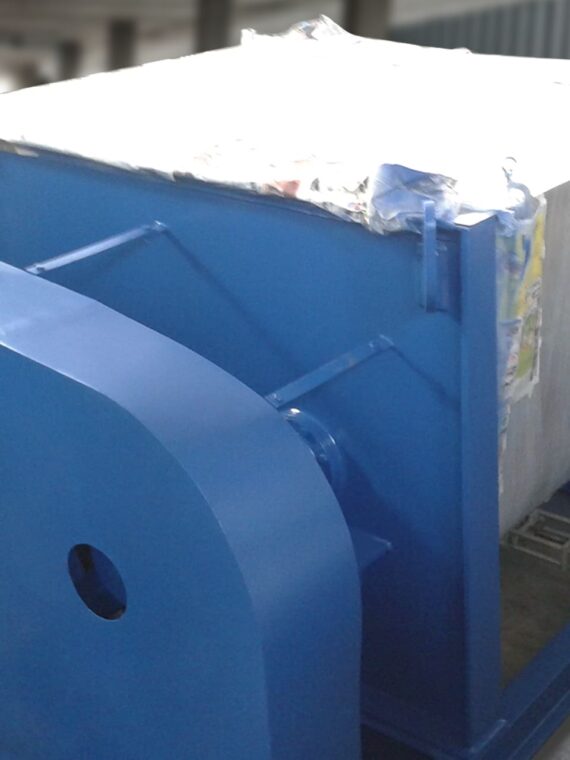Drum dryers are industrial equipment explicitly designed to dry materials quickly and efficiently. It uses a heated rotary cylindrical drum that can either be internally or externally heated. The material being dried enters the drum, wherein it is exposed to hot air or gas. The rotation of the drum produces a cascading effect, constantly lifting the material up and then cascading it down the drum. Such movement allows maximum exposure to heat and thus facilitates the evaporation of moisture from the material. According to a study by the American Society of Mechanical Engineers (ASME), drum dryers can achieve drying efficiencies of up to 95%.
There are a number of drum dryers based on their respective applications in various industries. The mechanism and temperature tolerance of drum dryers vary along different applications. For instance, direct drum dryers are highly heat tolerant and are used for high-temperature drying processes. They function through the provision of direct heat to the drum for the swift removal of moisture from the surface. On the other hand, indirect drum dryers are used for heat-sensitive materials that are prone to thermal degradation. They use heated surfaces, which directly impart heat to the substance without it being exposed to hot air.
Features Providing Uniformity and Consistent Drying
The essential features of drum dryers that ensure uniformity and consistent drying include;
Equal Distribution of Heat
Uniform heat transfer is critical to achieve uniform drying outputs. The internal structure of drum dryers consists of lift flights, which are the metal blades or bars that lift and drop the material being dried due to the rotation of the drum. This cascading effect ensures that all the particles gain an equal amount of heat; thereby, the chances of overheating in hot spots or under-drying in cold areas are minimized.
Controlled Drying Environment
Drum dryers allow operators to control several critical variables:
- Temperature Control: Drum dryers have adequate temperature controls, ensuring that the materials have a quality environment for drying.
- Air Flow Regulation: This controls the rate at which air flows into the machine, thereby regulating and avoiding over-drying or degradation of the product.
- Residence Time: The control operation determines the rotation speed of the dryer and feed rate to establish the period of stay of material within the dryer. It provides for tailored drying time based on specific material characteristics.
Scalability and Versatility
Drum dryers range in size from small laboratory models to large industrial units capable of drying tons per hour. Such scalability allows them to be applicable in various industries, including the food industry, chemical industry, and pharmaceutical manufacturing. They are specifically helpful in the formulation of granules and powders for pharmaceuticals.
Energy Efficiency
The International Energy Agency (IEA) reports that modern drum dryers can achieve energy savings of up to 20% through heat recovery systems and optimized heat transfer.
- Heat Recovery Systems: A vast majority of new versions recover waste heat from exhaust gases, which is then fed back into the drying process, resulting in a saving of most of the energies.
Optimized Heat Transfer: Innovative designs increase the transfer rate of heat through drums; hence, less amount of energy is wasted during operations. - Advanced Automation and Control: Automation has played its part in the modernization of drum dryers. Additionally, it also allows for continuous monitoring and running of the equipment to ensure uniform drying.
- Continuous On-Stream Monitoring: Sensors continuously measure temperature, humidity, and airflow, which are further analyzed to note optimal conditions.
- Automatic Adjustments: The latest control systems can change the conditions in real-time based on the sensor feed and hence provide steady drying conditions even with varying feed material properties.
Gentle Drying Mechanism
Materials are gently carried through drum dryers, minimizing mechanical stress and mechanical damage to the product. The process ensures that the fragile structure of particles is prevented from breaking or lumping. Additionally, it preserves the sensitivity, integrity, and quality of fragile products like herbs or susceptible food products.
Applications of Drum Dryers
Drum dryers are widely used within various industries because of their versatility:
- Food Processing: They are used for drying dairy products and fruits like sliced apples or carrots. The process retains the flavor and nutrients of food and also increases its shelf life
- Pharmaceuticals: Drum dryers are used to dry intermediate and active pharmaceutical ingredients (APIs) and excipients.
- Chemical Production: In chemical manufacturing, they facilitate the drying of fertilizers, pigments, or resins.
- Biomass Processing: drum drying is applied in processing biomass materials for energy production through efficient removal of moisture content from the material before applying a palletization or combustion step.
Conclusion
Drum dryers are regarded as one of the most critical technologies in industrial drying. They ensure consistent and uniform drying in the broadest possible range of applications. Some of its features include uniform heat distribution, a controlled environment, scalability, energy efficiency, advanced automation, and gentle handling. Drum dryers are an indispensable tool to ensure quality drying outcomes while adapting to the changing technology.


















